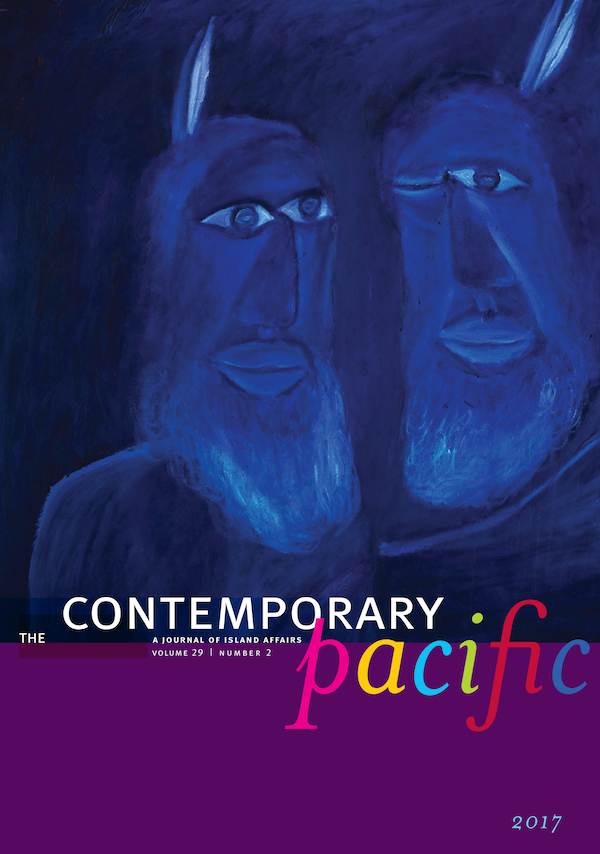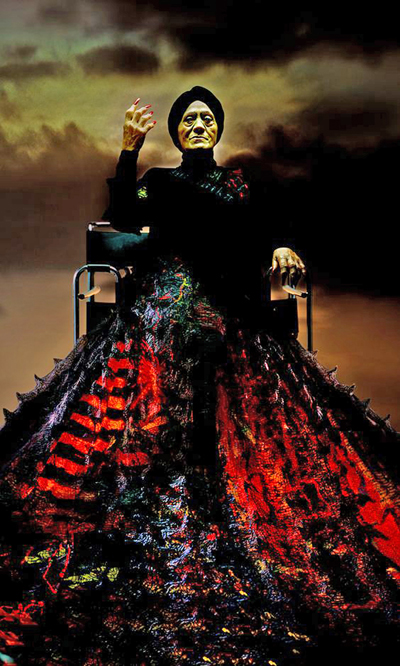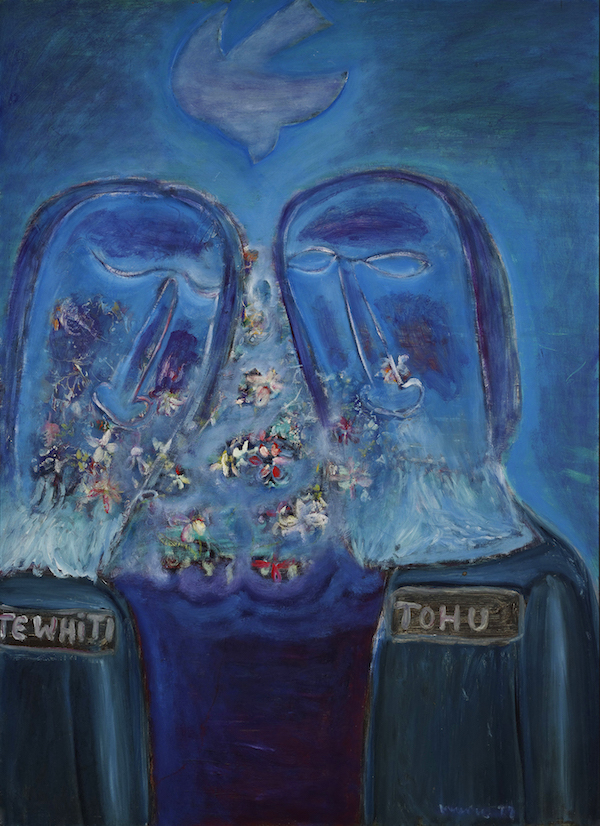2017 29(1) & 29(2)
 |  |
| Spring 29(1) Articles Walls of Empowerment: Reading Public Murals in a Kanaka Maoli Context A Mārata Ketekiri Tamaira Traveling Houses: Performing Diasporic Relationships in Europe A-Chr (Tina) Engels-Schwarzpaul Cedaw Smokescreens: Gender Politics in Contemporary Tonga Helen Lee Political Reviews Micronesia in Review: Issues and Events, 1 July 2015 to 30 June 2016 Michael Lujan Bevacqua, Landisang L Kotaro, Monica C LaBriola, Clement Yow Mulalap Polynesia in Review: Issues and Events, 1 July 2015 to 30 June 2016 Peter Clegg, Lorenz Gonschor, Margaret Mutu, Christina Newport, Steven Ratuva, Forrest Wade Young Book and Media Reviews Kuleana and Commitment: Working Toward a Collaborative Hawaiian Archaeology, by Kathleen L Kawelu Reviewed by Jan Becket Guam Museum/Guam and Chamorro Education Facility Reviewed by Jesi Lujan Bennett Ever the Land: A People, A Place, Their Building [documentary] Reviewed by David Lipset Hope at Sea: Possible Ecologies in Oceanic Literature, by Teresa Shewry Reviewed by Paul Lyons From King Cane to the Last Sugar Mill: Agricultural Technology and the Making of Hawai‘i’s Premier Crop, by C Allan Jones and Robert V Osgood Reviewed by A Kaipo T Matsumoto Southern Cook Islands Customary Law, History and Society: Akapapaʻanga, Kōrero Tupuna, e te Ākonoʻanga Ture ʻEnua o te Pā ʻEnua Tonga o te Kūki ʻAirani, by Ron Crocombe and Ross Holmes Reviewed by Alexander Mawyer Greed and Grievance: Ex-Militants’ Perspectives on the Conflict in Solomon Islands 1998–2003, by Matthew G Allen Reviewed by Gordon Leua Nanau Unearthing the Polynesian Past: Explorations and Adventures of an Island Archaeologist, by Patrick Vinton Kirch Reviewed by Matthew Prebble He Nae Ākea: Bound Together [exhibition] Reviewed by Shelby Pykare Talanoa: Building a Pasifika Research Culture, edited by Peggy Fairbairn-Dunlop and Eve Coxon Reviewed by Nāsili Vaka‘uta Aloha America: Hula Circuits through the U.S. Empire, by Adria L Imada Reviewed by Kēhaulani Vaughn The Making of Asmat Art: Indigenous Art in a World Perspective, by Nick Stanley Reviewed by Maggie Wander Featured Artist: Lisa Reihana  Mahuika (2001), by Lisa Reihana Through a pioneering practice combining photography, video, and installation, Lisa Reihana has achieved what most artists only ever dream about: she makes a full-time living from her art. Of Māori Ngāpuhi, Ngāti Tū, and Ngāti Hine descent, she has had her work exhibited in museums, art galleries, and art festivals around the world, including the Auckland Art Gallery, Brooklyn Museum, University of Cambridge Museum of Archaeology and Anthropology, Asia Pacific Triennial of Contemporary Art in Queensland, October Gallery in London, Jean-Marie Tjibaou Cultural Center in New Caledonia, and Te Papa Tongarewa in Wellington. | Fall 29(2) Articles Climate Change and the Imagining of Migration: Emerging Discourses on Kiribati’s Land Purchase in Fiji Elfriede Hermann and Wolfgang Kempf Charting Pacific (Studies) Waters: Evidence of Teaching and Learning Teresia K Teaiwa Dialogue Losing Oceania to the Pacific and the World David Hanlon Political Reviews The Region in Review: International Issues and Events, 2016 Nic Maclellan Melanesia in Review: Issues and Events, 2016 Alumita Durutalo, Budi Hernawan, Gordon Leua Nanau, Howard van Trease Book and Media Reviews Articulating Rapa Nui: Polynesian Cultural Politics in a Latin American Nation-State, by Riet Delsing Reviewed by Forrest Wade Young Staking Claim: Settler Colonialism and Racialization in Hawai‘i, by Judy Rohrer Reviewed by Hiʻilei Julia Hobart Domination and Resistance: The United States and the Marshall Islands during the Cold War, by Martha Smith-Norris Reviewed by Holly M Barker Maisa: The Chamoru Girl Who Saves Guåhan [feature film] Reviewed by Kenneth Gofigan Kuper Finding Meaning: Kaona and Contemporary Hawaiian Literature, by Brandy Nālani McDougall Reviewed by ʻUmi Perkins Facing the Spears of Change: The Life and Legacy of John Papa ‘Ī‘ī, by Marie Alohalani Brown Reviewed by Ronald Williams Jr Auē Rona, by Reihana Robinson; Between the Kindling and the Blaze: Reflections on the Concept of Mana, by Ben Brown; Entangled Islands, by Serie Barford; and Night Swimming, by Kiri Piahana-Wong Reviewed by Leora Kava Kanu Kaho‘olawe: Replanting, Rebirth [exhibition] Reviewed by Natalie Bruecher The Price of Peace [documentary film] Reviewed by Raukura Roa Featured Artist: Selwyn Muru  Te Whiti Tohu (1975-1977), by Selwyn Muru Selwyn Muru (Ngāti Kuri, Te Aupouri), one of New Zealand’s most senior Māori artists, is a tribal repository of knowledge, painter, sculptor, playwright, musician, pioneer broadcaster, fisherman, educator, and former orator for New Zealand’s governor-general, Sir Anand Satyanand. Some of his work, including paintings from his 1970s Parihaka series (featured in this issue), is rooted in specific Māori tribal knowledge and the enduring legacy of colonialism and loss of land in New Zealand. Other works have protested international issues such as nuclear testing in the Pacific or the apartheid regime in South Africa. Also prominent among his legacy are more humorous works, such as his seven-meter-high Waharoa (Gateway), embellished with carved animals, musical instruments, and poetry for Auckland’s Aotea Square and the quirky carved palisade that surrounded his home in Freeman’s Bay. For Muru, “Māori art has always been contemporary”—it circulates ideas and remains forever relevant through the ways we think and interact with it. |
